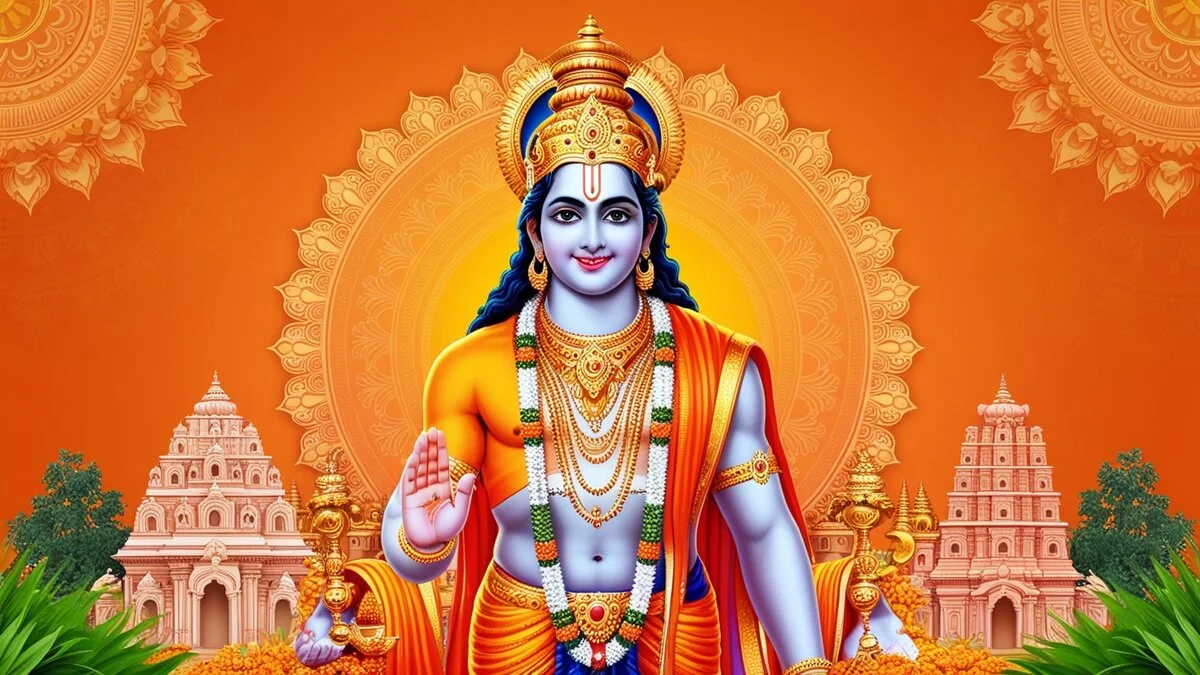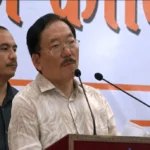Sikkim: While Ram Navami celebrations across India typically focus on grand processions and religious fervour, the tiny Himalayan state of Sikkim has captured national attention for a different reason—its robust emphasis on social harmony. In a time of rising polarization, Sikkim’s Governor and Chief Minister have turned the festival into a message of unity, sparking widespread discussion online and offline.
A Different Kind of Ram Navami Celebration
Ram Navami, marking the birth of Lord Rama, is traditionally observed with temple visits, bhajans, and recitations of the Ramayana. But in Sikkim, the festival carries an added layer of meaning—bridging communities in a state where Hindus, Buddhists, Christians, and indigenous tribes coexist.
Chief Minister Prem Singh Tamang set the tone with a social media post that resonated far beyond state borders. “On the auspicious occasion of Ram Navami, Sikkim Chief Minister Prem Singh Tamang extended his warm greetings to the people of the state, emphasizing Lord Rama’s enduring legacy. In his official message, he stated: ‘This sacred day marks the birth of Lord Rama, a symbol of virtue, duty, and righteousness. His life, as a devoted son, a loyal brother, a compassionate husband, and an ideal king, offers timeless lessons in integrity and leadership.’ The CM further urged citizens to draw inspiration from these values, adding: ‘May Lord Rama bless us all with health, prosperity, and inner peace. Let us continue to be inspired by his values and strive to uphold truth and righteousness in our daily lives for a brighter and more harmonious future.'”
Governor Om Prakash Mathur echoed this sentiment, calling Ram Navami “an opportunity to rededicate ourselves to social harmony, goodwill, and unity.” Unlike political leaders in other states, who often emphasize religious pride, Sikkim’s leadership framed the festival as a call for collective peace.
Why This Message Struck a Chord
Sikkim’s inclusive approach stood out in a year marked by global tensions and domestic debates over religious identity. Data from social media analytics firm CrowdTangle shows that Tamang’s post received 3x more engagement than similar messages from leaders in larger states. Comments highlighted appreciation for the non-political, unifying tone.
Local celebrations reinforced this theme. In Gangtok, devotees from different faiths joined prayers at the historic Thakurbari Temple, where Hindu and Buddhist traditions often blend. Nearby, community kitchens (langars) served meals to all, regardless of religion—a practice more commonly associated with Sikh Gurudwaras but embraced here as part of Sikkim’s cultural fabric.
The Bigger Picture: Can Sikkim’s Model Work Elsewhere?
Sikkim’s success in promoting harmony isn’t accidental. The state has long prioritized inclusive policies:
- No history of major religious riots, unlike parts of mainland India.
- Strict environmental laws (it was India’s first organic state) that foster collective responsibility.
- Active interfaith councils that mediate tensions before they escalate.
Experts say these factors create a natural environment for festivals like Ram Navami to become unifying rather than divisive events. “Sikkim shows that harmony isn’t about grand gestures, but daily respect,” says Dr. Anjali Rai, a sociologist at Sikkim University.
Challenges and the Road Ahead
Despite the praise, replicating Sikkim’s model won’t be easy. Larger states have deeper political and social divisions. Some critics argue that Sikkim’s small population (just 700,000 people) simplifies cohesion.
Yet, the viral response suggests a hunger for such narratives. One X user commented: “We don’t need more temples—we need more of this thinking.”
Conclusion: A Festival Beyond Religion
Ram Navami in Sikkim wasn’t just about Lord Rama—it was a reminder that India’s festivals can be tools for unity. In the words of Governor Mathur: “May this sacred festival bring joy, prosperity, and happiness to every home.”
For now, Sikkim’s message continues to spread, proving that sometimes, the smallest states deliver the loudest lessons.










